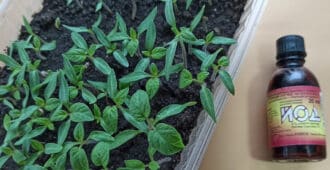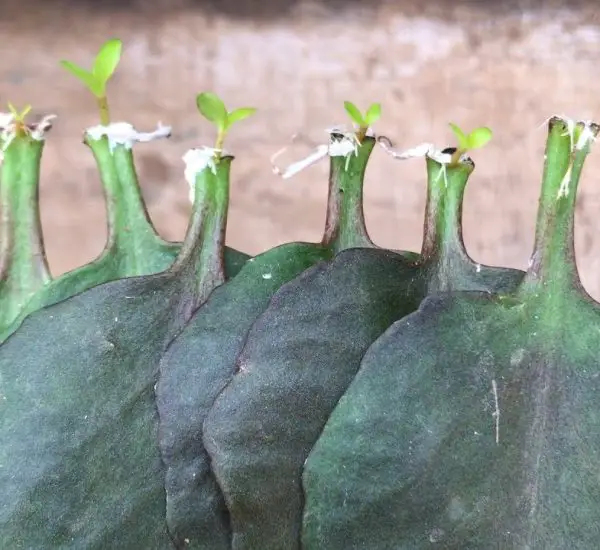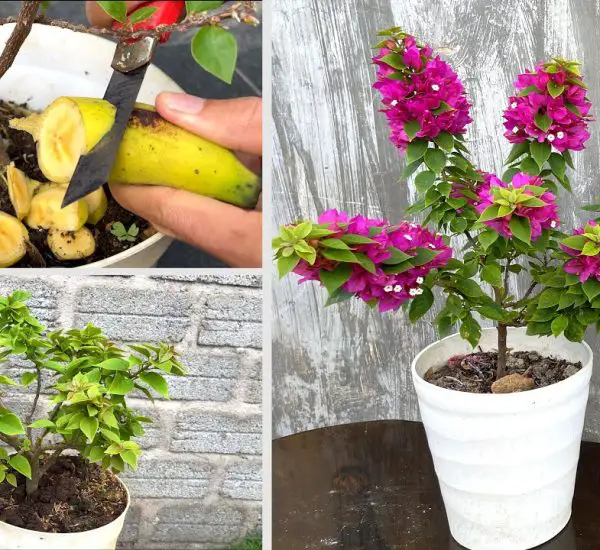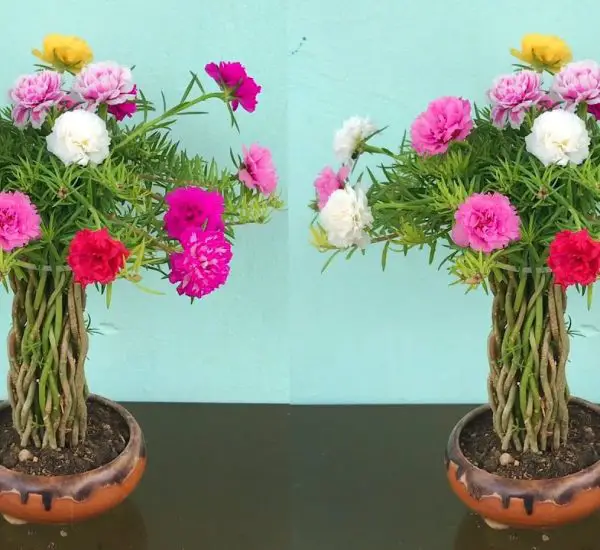Iodine is an essential micronutrient that can significantly boost the health and yield of your seedlings when used correctly. Here’s a guide on how to incorporate iodine into your gardening routine to achieve a bountiful harvest.
1. Understanding the Benefits of Iodine
Why Use Iodine?
- Boosts Plant Growth: Iodine can enhance the growth rate of seedlings, leading to healthier and more vigorous plants.
- Disease Prevention: It helps prevent fungal diseases and other pathogens that can affect seedlings.
- Improves Yield: Proper iodine usage can lead to increased flower and fruit production, resulting in a better harvest.
2. Preparing Iodine Solution
Materials Needed
- Iodine Solution: Use a 5% iodine solution, which is commonly available in pharmacies.
- Water: Use clean, non-chlorinated water for dilution.
Dilution Ratio
- Seedlings: Dilute 1-2 drops of 5% iodine solution in 1 liter of water.
- Mature Plants: For older plants, you can increase the concentration slightly to 3-4 drops per liter of water.
3. Application Methods
Seed Treatment
- Before Sowing: Soak seeds in the iodine solution for about 30 minutes before planting. This helps disinfect the seeds and promotes faster germination.
Soil Treatment
- Before Planting: Water the soil with the diluted iodine solution a few days before planting your seedlings. This helps disinfect the soil and creates a healthy growing environment.
- Regular Watering: Once seedlings are established, water them with the iodine solution once every two weeks.
Foliar Spray
- Prevent Disease: Mix the diluted iodine solution in a spray bottle and mist the leaves of the seedlings. This can help prevent fungal infections and boost plant health.
- Frequency: Spray the foliage once every 2-3 weeks.
4. Timing and Frequency
Optimal Timing
- Early Stages: Apply iodine solution during the seedling stage to promote robust growth.
- Before Flowering: Another application before the flowering stage can enhance bloom quality and quantity.
Avoid Overuse
- Moderation: While iodine is beneficial, too much can be harmful. Stick to the recommended dilution ratios and application frequencies to avoid toxicity.
5. Additional Tips
Combine with Other Fertilizers
- Balanced Nutrition: Iodine should be part of a balanced fertilization program. Use it alongside other essential nutrients like nitrogen, phosphorus, and potassium.
- Organic Matter: Incorporate compost or other organic matter into the soil to enhance overall soil health and nutrient availability.
Monitor Plant Health
- Observe Plants: Regularly check your plants for signs of iodine deficiency or excess. Symptoms of excess iodine include leaf burn and stunted growth.
- Adjust as Needed: If you notice any adverse effects, reduce the concentration or frequency of iodine applications.
Conclusion
Using iodine correctly can significantly improve the health and yield of your seedlings. By following the proper dilution ratios and application methods, you can ensure your plants receive the benefits of this essential micronutrient without the risk of overuse. With careful monitoring and balanced nutrition, your seedlings will grow into healthy, productive plants, leading to a great harvest. Happy gardening!
Copy
Show Comments



